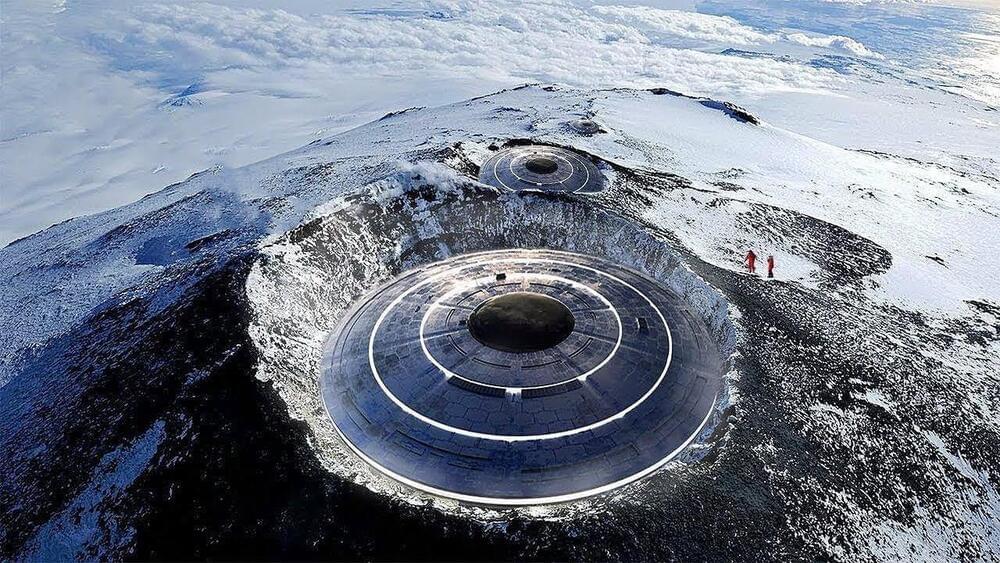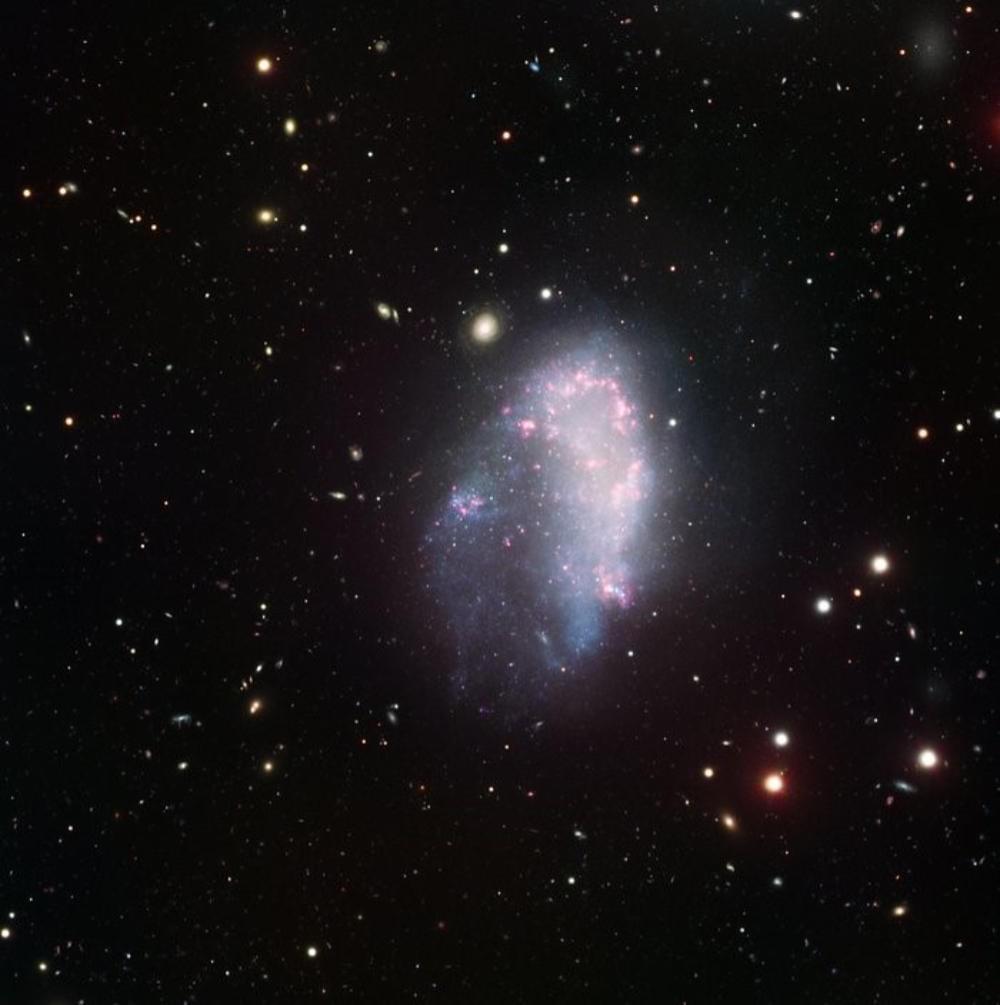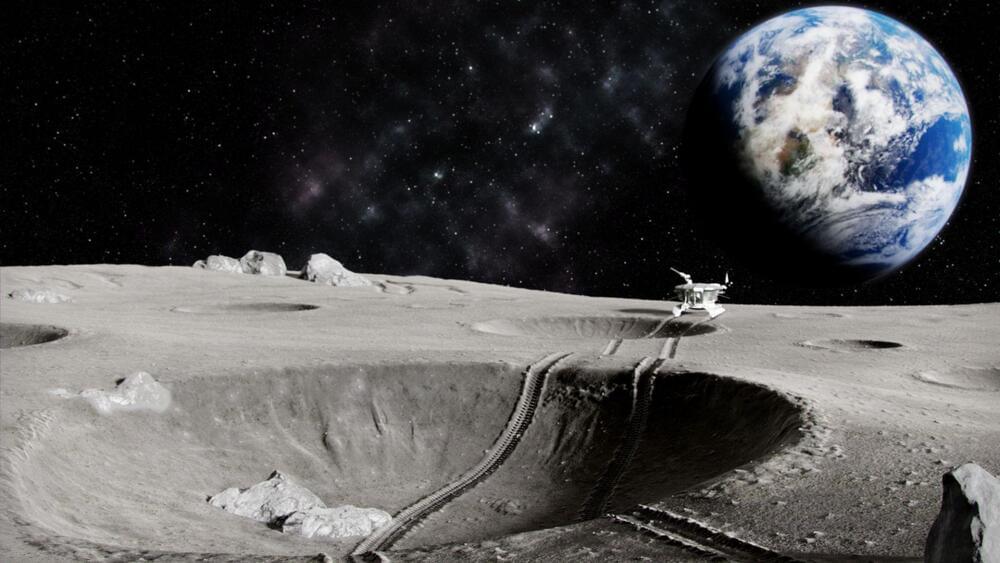AI image generator Dall-E2 is about to find a new host. Microsoft will integrate the AI-based image generator with Microsoft Designer, a video-making tool to be available within the Microsoft Office suite. Till recently, Dall-E2 which is looked down upon as an app meant for only playing around with text prompts will be a part of Microsoft’s AI graphic design app. Designers and video makers who find it difficult to search for unique images can now leverage Microsoft’s Designer app to compose videos with imagery of their choice. Microsoft’s venture is seen as a step toward competing with design major Canva, which boasts more than 100 million active users. During the Ignite Conference held recently, Microsoft announced that it would integrate Dall-E 2 into the yet-to-be-released Designer app as well as existing Bing and Edge.









